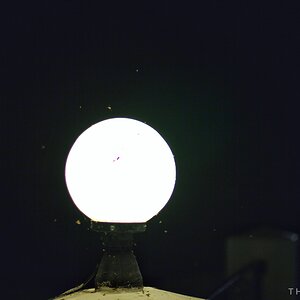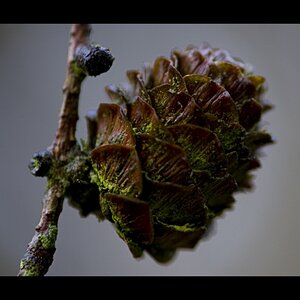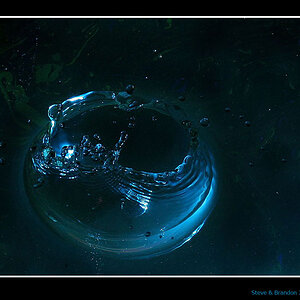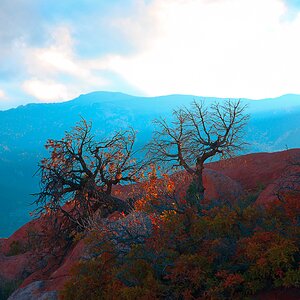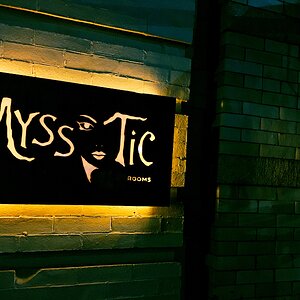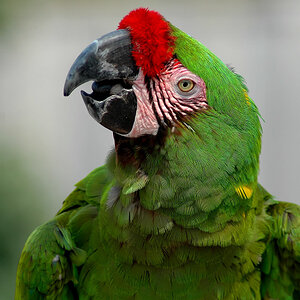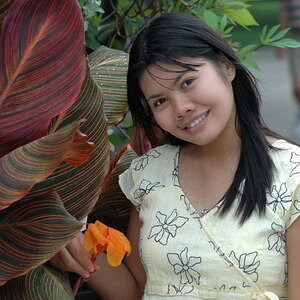Live_free
TPF Noob!
- Joined
- Dec 25, 2009
- Messages
- 599
- Reaction score
- 7
- Location
- Washington
- Can others edit my Photos
- Photos OK to edit
AF-S Micro NIKKOR 60mm f/2.8G ED from Nikon
I am looking into a macro lens. Anyone have this? Like it? Gripes?
Also for marco photography what mm do you photographers that do macro a lot find useful? Thanks.
I am looking into a macro lens. Anyone have this? Like it? Gripes?
Also for marco photography what mm do you photographers that do macro a lot find useful? Thanks.



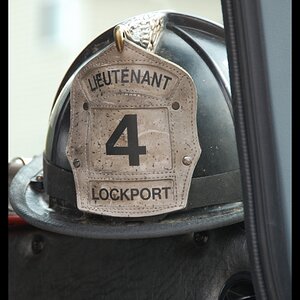
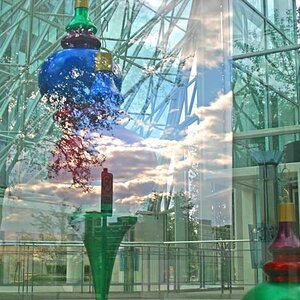
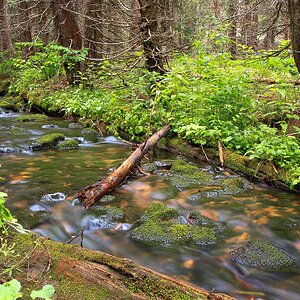
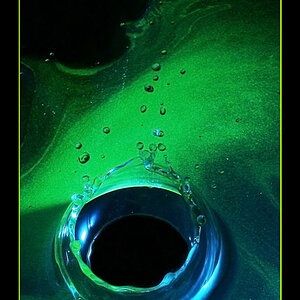
![[No title]](/data/xfmg/thumbnail/41/41895-34e19a98c1811c8d543811c45d6ca604.jpg?1619739935)
